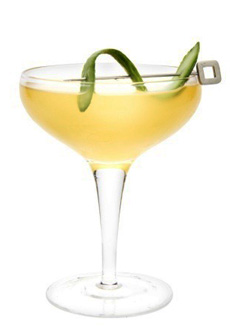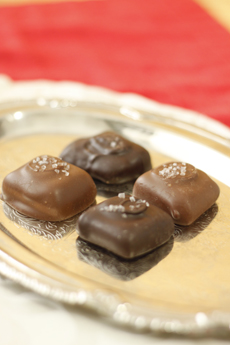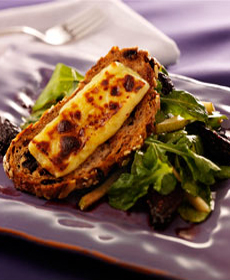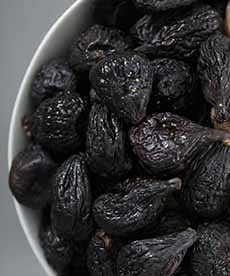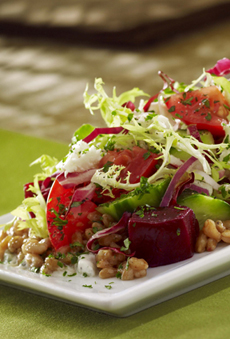|
Preparation
1. Combine tequila, Grand Marnier, lime juice, orange juice, tamarind purée and sugar in a blender with cup of ice. Blend thoroughly.
2. Serve in a Margarita or Martini glass rimmed with coarse salt and chili powder.
3. Garnish with a lime wheel and speared tamarind peel.
Tamarind Puree Recipe
1. Boil 1-1/2 pounds of fresh tamarinds for approximately 45 minutes or until tender.
2. Allow the fruit to cool; then strain to remove the seeds. Add 1/2 teaspoon of salt and sugar and then blend the fruit pulp into a purée.
Makes enough for four Margaritas.
|
|
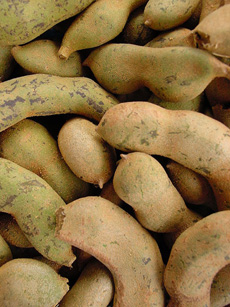
Pods, which grow on the tamarind tree, hold the fruit inside. Photo by M.L. Valentin | Wikimedia. |
|
WHAT IS TAMARIND?
While many people might think of tamarind as an Asian fruit, it is actually indigenous to the Sudan—in eastern North Africa right below Egypt—from where it spread throughout tropical Africa.
In the 16th century, tamarind was introduced to Mexico by Spanish and Portuguese colonists, and then to South America. Today, the pod-like fruit is used extensively in cuisines around the world. Mexico and South Asia are the largest growers and consumers of tamarind.
The fruit got its name from British sailors, who first discovered it in Oman, on the southeast coast of the Arabian Peninsula. where they disembarked en route to India. It was sold processed into dark brown slabs of sticky paste that looked similar to the ripe dates. The sellers inaccurately referred to it as thamer hind, literally “dates from India,” which the sailors heard as “tamarind.”
Known for its sweet-and-sour taste, tamarind is used in both savory dishes and in sweets: jam, juice drinks, ice cream, sorbet and candies. It is an ingredient of Worcestershire sauce, which originated in India: a fermentation of anchovies, chiles, cloves, corn syrup (sugar in the original recipe and the U.K. version), garlic, molasses, onions, pepper, shallots, soy sauce, tamarind, vinegar and water.
The History Of Worcestershire Sauce
It is believed that a Captain Henry Lewis Edwardes (1788–1866) brought the recipe for the sauce home after travels in India. It is not known how the recipe got to Lea and Perrins, but John Wheeley Lea and William Henry Perrins, two dispensing chemists (pharmacists) in Worcester, England, created a recipe that was first sold commercially in 1837.
Known as “The Original Lea & Perrins Worcestershire Sauce,” the brand was purchased by H.J. Heinz Company in 2005.
|
